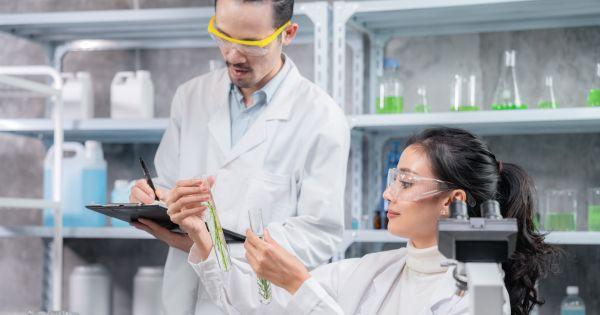
Radiolabeling and chemical synthesis are essential tools for drug research and development. However, they have different goals. Discover the difference between these terms, and learn how they advance human health.
What Is Radiolabeling?
Scientists use radiolabeling for medicine and drug research and development. Professionals can monitor the movement or breakdown of target molecules. For example, pharmaceutical researchers can assess how a new medication metabolizes as it moves through the human body. To achieve this, researchers will replace atoms in the target molecule with isotopes of the same atom.
Radiolabeling lets scientists “label” molecules with radioactive isotopes. By replacing atoms within a molecule, they can use imaging equipment to assess these molecules.
What Is Chemical Synthesis?
Chemical synthesis is the construction of complex compounds from simpler ones. For example, two hydrogen atoms and one oxygen atom create a water molecule. So, the synthesis reaction of hydrogen and oxygen is water.
Scientists synthesize chemical compounds that occur in nature to understand their structures. Doing so allows chemists to produce compounds that don’t naturally occur for research purposes. Lastly, chemical synthesis lets pharmaceutical companies make products in large quantities. Consider chemical synthesis as a large puzzle, and chemists pair different compounds to see what “fits” together.
The Difference Between Them
The difference between radiolabeling and chemical synthesis is that one breaks down molecules, and the other builds them. Radiolabeling assesses the movement and breakdown of molecules to track atoms. On the other hand, chemical synthesis uses simple molecules to create complex compounds.
Radiolabeling and chemical synthesis are important for scientific development. Radiolabeling lets scientists track microscopic molecules as they pass complex systems. Throughout their journey, professionals can uncover different things about molecules. For example, they can track organ response to molecules.
Chemical synthesis lets chemists design new compounds for various applications. For instance, they can create new structures for medicines and see how the human body reacts. Synthesis is a valuable research tool that supports the advancement of human health.
As one of the leading custom synthesis companies, Moravek is here to help you. We offer chemical synthesis, radiolabeling, and other analytical support. Contact us today!
